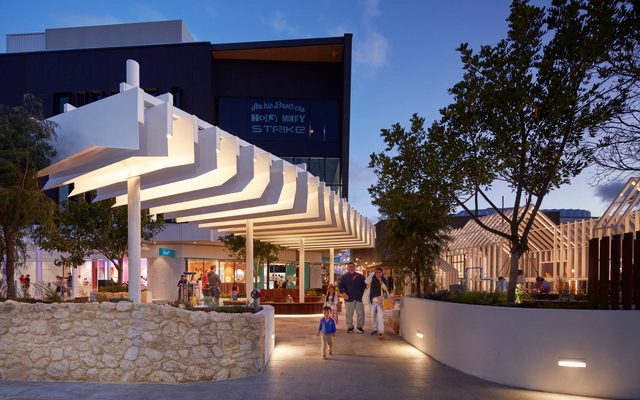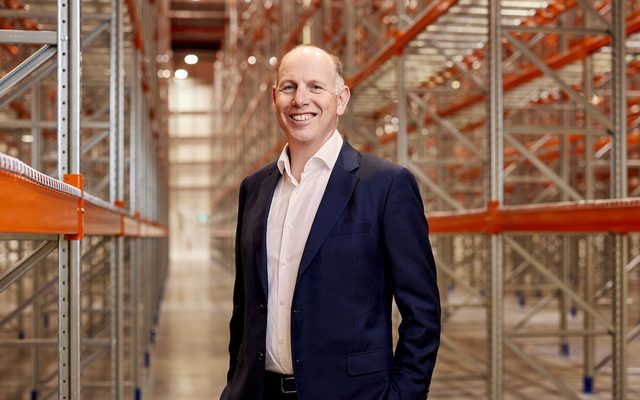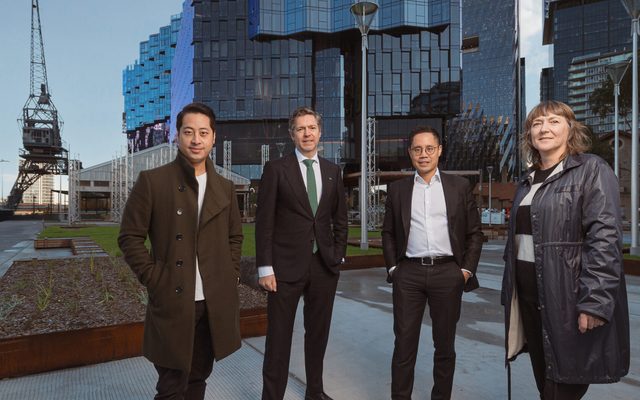This article is from the Australian Property Journal archive
LACK of space and significant capital loss of up to $40 million for landlords are slowing the rapid roll-out of international fast fashion brands across Australia.
Speaking at the 2017 Australian Property Institute & REIV State of Market Conference in Melbourne, Vicinity Centre boss Angus McNaughton said labels such as Swedish giant H&M, Spain’s Zara and Japan’s Uniqlo have found it difficult to get floorspace in Australia.
“Our portfolio of 9,000 odd retailers, 2.7 million sqm and we have a 99.4% occupancy. Our peers are the same.
“You cannot find 2,000 to 4,000 sqm in a shopping centre to put in one of these large international flagships. So their rollout has actually been quite slow,” he added.
Having said that, McNaughton said the slower rollout of these brands is not necessarily bad.
“I think that it’s a good thing. It has taken awhile for the market to adapt and existing retailers to adapt. Some have adapted and some haven’t been able to adapt,”
McNaughton noted that H&M currently has around 18 stores, Uniqlo has a dozen and Zara has opened 20 outlets across Australia.
H&M is looking to ramp up its local presence because Australia is one of the top performing markets globally for the Swedish brand with the retailer chalking up $301.8 million in sales in the 12-month period to November, 78% higher than the previous year – compared to other international markets where sales grew modestly between 10 to 15%.
H&M currently has three stores under development and it recently announced it will open its first shop in Tasmania, after securing space in Hobart CBD’s former Harris Scarfe building. The four new stores will increase H&M’s footprint to 22 outlets across Australia.
Speaking from Vicinity Centre’s own experience, McNaughton said these retailers do bring opportunities to shopping centres.
“Just from our side of putting them in, its going to take a few thousand square metres. Then I’ve got to remove between 15 to 20 speciality retailers,”
McNaughton noted that the international brands are also fussy.
He said they do not secondary locations and do not want to be “at the back somewhere” within a shopping centre – they want the prime position.
This was the experience with ISPT in 2013 at the GPO Melbourne retail centre. ISPT did not renew the leases of 60 specialty tenants and reconfigured the 7,055 sqm GPO centre to accommodate H&M.
“So we got to take 15 to 20 stores out and they pay less rent than what the specialty stores pay.
“Then we’ve got the capital cost of putting them in, and often there is an incentive involved.
“So you’ve got to be very careful about what they can add to the centre,” he added.
McNaughton said these flagship brands require at least 2,000 to 4,000 sqm of space within a shopping centre.
And he estimates that it would cost a landlord somewhere between $20 to $40 million of capital value.
“When you take into account of the rent loss from the specialty tenants and the capital cost of putting them in,” he continued.
“So how do you put them in?”
McNaughton said a few ways to accommodate these international brands is during the expansion or by redeveloping a centre.
Furthermore, these global retailers could anchor an expansion, which is the experience at Chadstone shopping centre.
The first stage of Chadstone’s $660 million redevelopment saw H&M, Uniqlo and cosmetic retail giant Sephora anchor a new precinct.
“It is a lot easier to put them in. At Chadstone, historically you’d be looking at a third department store. But what have we got now? We’ve got four international flagships down there, which would drive material turnover… and it is what consumers want,” he added.
McNaughton also said not only is Chadstone the “fashion capital”, it is poised to become the prestige mecca, boasting more labels than the Paris End of Collins St.
Luxury label Valentino recently opened its doors at Chadstone, joining the likes of Chanel, Fendi, Gucci and Louis Vuitton just to name a few.
Chadstone will more than double its luxury offering with 13 brands set to join the existing 12 labels.
McNaughton said there is continued strong demand in the luxury retail market.
“They started with accessories and they are bringing in their full range for their stores. Macquarie estimates that there are 180,000 sqm of GLA demand. When you think about that, we just don’t have the space across the market.
“Three of the European based conglomerates, they generate $80 billion in global sales and they are really focused on bringing more to the eastern seaboard of Australia,” McNaughton said.
A full video and news feature of 2017 API & REIV State Of Market is coming this Wednesday.
Australian Property Journal




